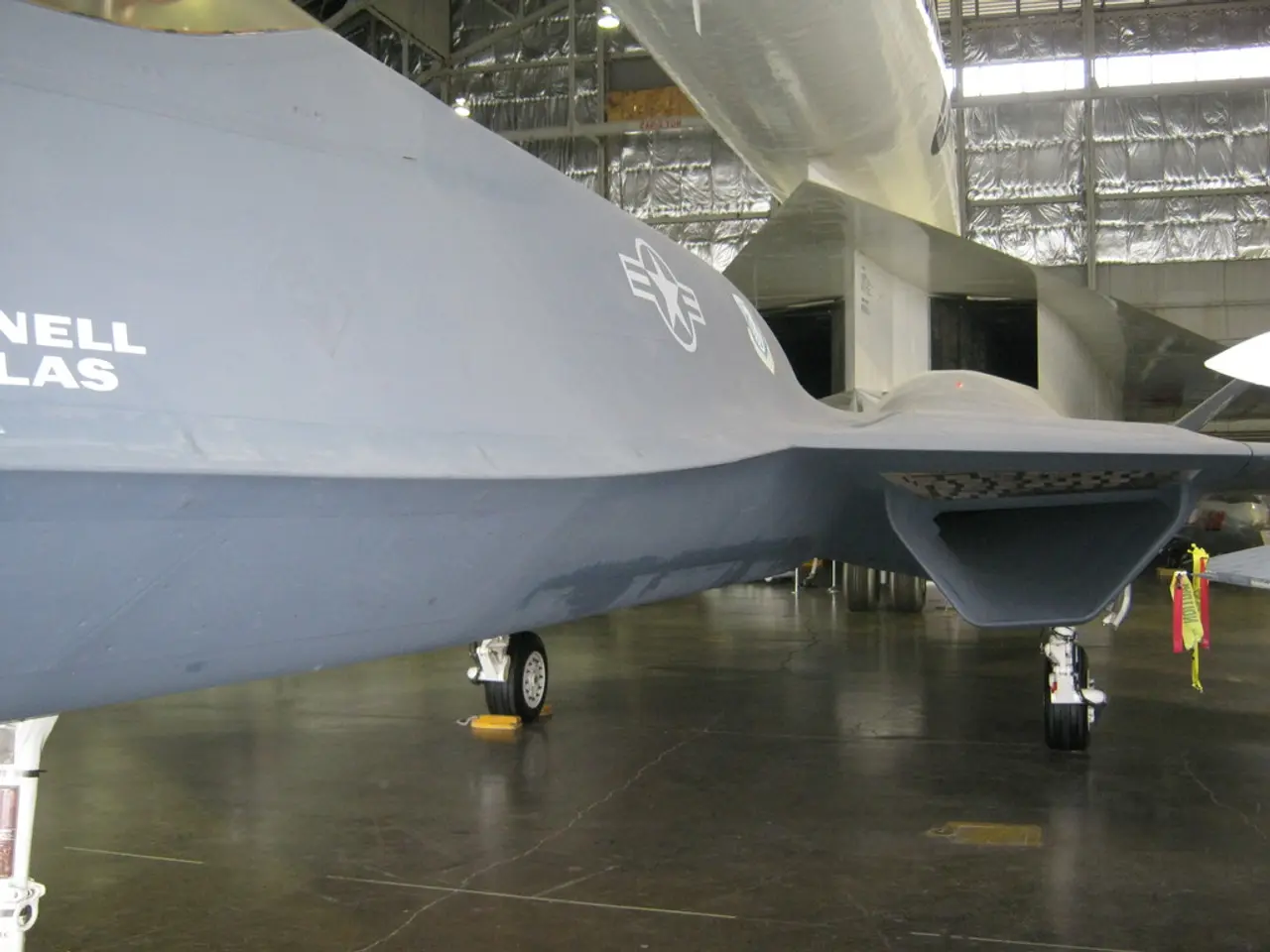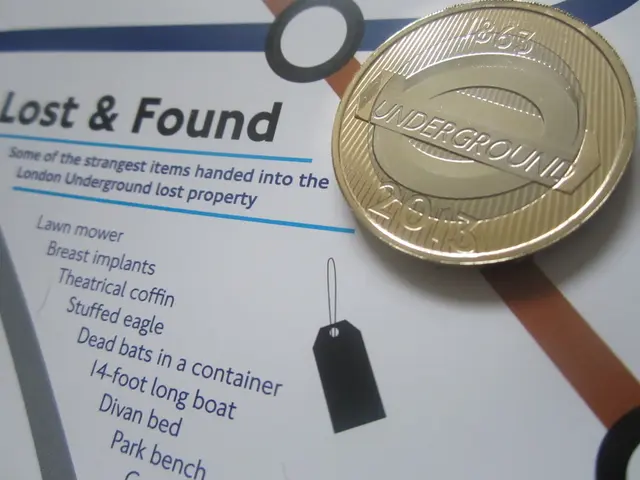Student Files Lawsuit Against Pepsi for Failing to Deliver $32 Million Fighter Jet Promised
In the late 1990s, a remarkable legal saga unfolded when John Leonard, a 21-year-old American business student, decided to take on beverage giant PepsiCo. The catalyst for this legal battle was a Pepsi advertisement promoting their "Pepsi Stuff" campaign, which promised that purchases of their soft drink products would earn customers Pepsi points.
The advertisement featured a McDonnell-Douglas AV8 Harrier II fighter jet among the items that could be redeemed using Pepsi points. Intrigued by the challenge, Leonard saw an opportunity and set out to collect enough points to claim the jet.
As the points mounted, Leonard discovered that each point could be purchased for 10 cents, making the 7,000,000 points required for the jet theoretically cost $700,000. Leonard, along with five investors, including friend Todd Hoffman, pooled their resources to purchase the necessary points.
Leonard then sent his points and a check to Pepsi to redeem the fighter jet. However, Pepsi refused to honor the redemption, claiming the commercial was a joke.
Undeterred, Leonard filed a lawsuit in Miami against PepsiCo for breach of contract, fraud, deceptive and unfair trade practices, and misleading advertising. The case was heard by Judge Kimba Wood, who rejected the claim, stating that the advertisement was "done in jest" and no reasonable person could expect Pepsi to offer a $37 million fighter jet.
The verdict was upheld on appeal for the same reasons. Subsequently, Pepsi increased the points required for the jet from seven million to 700 million and added a "just kidding" disclaimer to the promotion. Leonard reportedly declined a $750,000 settlement offer.
The Pepsi Stuff campaign was launched in March 1996, amidst a massive rivalry between Pepsi and Coca-Cola, especially in the American market. The offer of a fighter jet became one of the most famous contract law cases in American history, illustrating important legal principles about advertising and contract formation. It demonstrated that advertisements are generally invitations to negotiate rather than binding offers unless clearly specified and serious.
Looking back years later, Leonard reflected on the incident with some disbelief at his own seriousness about winning the jet. The saga produced one of the most memorable court cases in American history, underscoring the importance of understanding the nature of advertisements and the limits of consumer expectations.
- The cars and airplanes industries found a unique connection in the Pepsi Stuff campaign, as a McDonnell-Douglas AV8 Harrier II fighter jet was amongst the items one could redeem.
- John Leonard's lifestyle took a luxurious turn with his ambitious plan to collect Pepsi points, inspired by the campaign, aiming to redeem a fighter jet.
- The Pepsi Stuff campaign, launched in the late 1990s, showcased the intersection of the finance, technology, entertainment, and sports industries, with the promise of real rewards for consumers.
- Artificial intelligence could potentially predict similar legal battles in the future, by analyzing the language and context of advertisements and the likelihood of consumer misinterpretation.
- The Pepsi Stuff case highlighted the importance of clear communication in the advertising business, emphasizing the need to avoid misleading consumers to prevent future legal disputes.
- Despite the unsuccessful legal battle against PepsiCo, John Leonard became an emblematic figure in the beverage and advertising industries, symbolizing consumer determination and the need for transparency in advertising.




